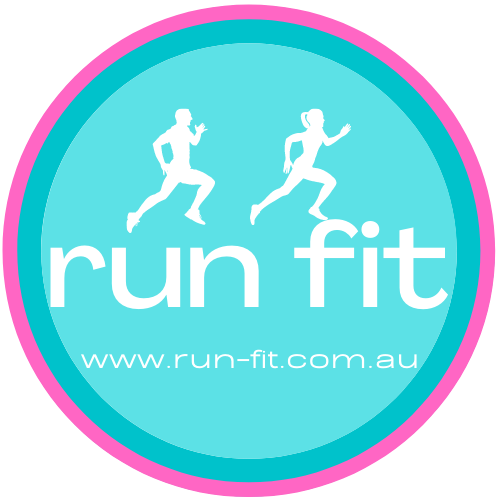A really common question I am asked is which exercise is better-walking or running? There are so many opinions around about this, and also many reasons why both are great. It really depends on where your fitness level is at, what your goals are for your training, any injuries or weaknesses that you have, and what sort of time you have each day to train. So here is my version of the benefits of each, to help you decide:
Walking – it’s a great, low impact activity, that virtually everyone can do. Get some decent shoes, and you are set to go. It is ideal for beginners, as you can’t really go wrong with it-minimal chance of injury or overuse!
It keeps your heart rate at a “safe” level, so you don’t feel overwhelmed and breathless straight away.
You may have also heard of the “fat burning zone” – this theory is that lower intensity exercise, like walking, helps burn fat more than high intensity. This is half true-your main energy source at a low intensity is fat (high intensity requires more carbohydrates)-however you burn less energy (calories or kj’s) walking than you would running for the same amount of time. And weight loss is all about burning more energy than you take in. So this brings us to the benefits of running.
Running – put simply, it burns up a lot of energy. The faster you run, the more energy you burn. High intensity sessions, such as interval training (which includes things like hill sprints, stair runs, and adding in sprints to your steady state running), burn even more energy, both during the session, and for hours afterwards-a benefit you don’t see with walking.
Running will also build your cardiovascular fitness faster than walking will-keeping the heart rate elevated at a higher rate means greater aerobic capacity (basically you can work at a higher intensity without feeling out of breath). It is also great as a workout if you are short on time. The energy you burn in a 1 hour walk can be burnt in 20 minutes of high intensity running-perfect for those short on time or who have short attention spans when it comes to exercise!
Running does have a greater impact on your body, so you may feel more sore and tired after running-but many recent studies have disproved the theory that it causes joint problems, to the contrary it actually helps strengthen the muscles and ligaments around the joints, providing greater stability.
So you can see there are pros and cons for both. My recommendation? If you are new to exercise, start with brisk walking, and work your way up to walking with jogs in the middle, and eventually jogging. If you’ve been training for a while and want to get fitter, run a 10km fun run or drop some extra body fat, aim to run 4-5 times a week maximum, with a few walks mixed in as a low intensity “recovery” session. Sore muscles from that 10km training run? The best thing you can do to relieve that, is go for a brisk walk and stretch it out. Both are great exercise, and really the most important thing is to do something every day and something that you enjoy so you stick with it long term for both your physical and mental health!
